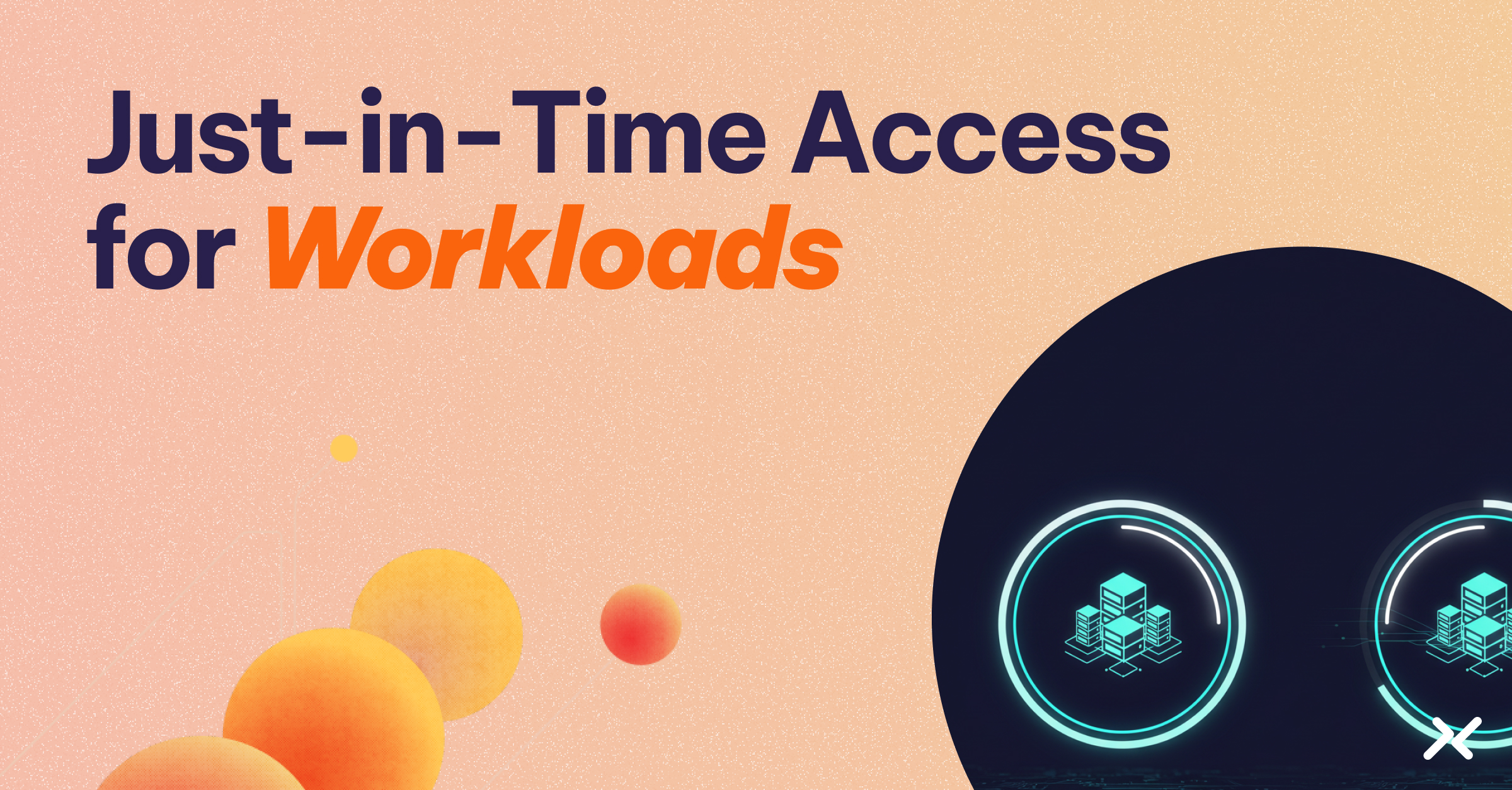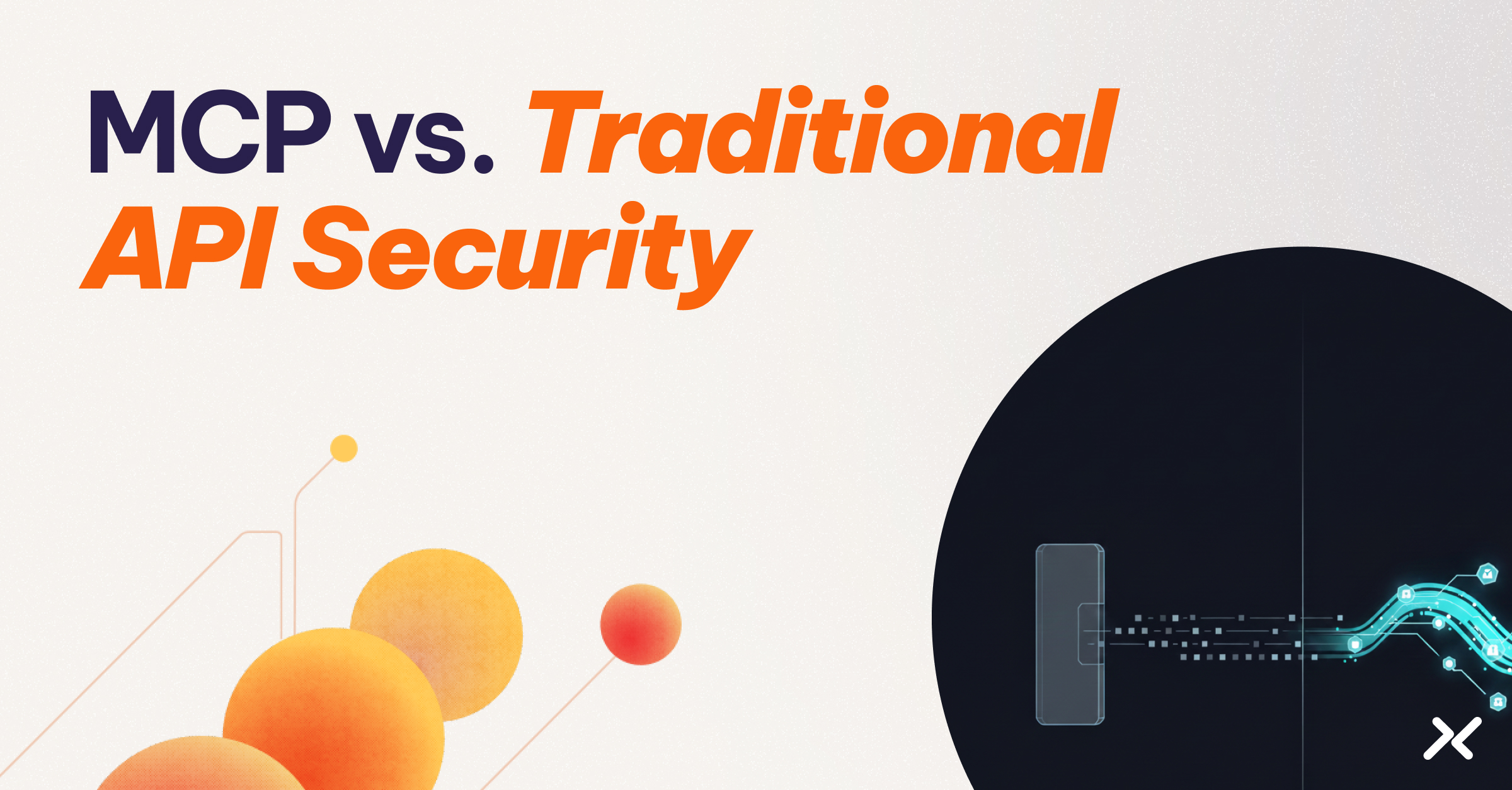Think of your workload credentials, the API keys, tokens, and passwords, as permanent keys to your digital kingdom. They’re often hardcoded or stored in a way that gives them “always on” access. This is known as standing privilege, and it’s a huge security risk. Once an attacker gets their hands on one of these keys, they have a permanent backdoor into your systems.
JIT access replaces the common practice of issuing and locally storing keys with a workflow that evaluates a workload’s rights every time it tries to access sensitive data.
This ensures that a microservice or CI/CD pipeline gets exactly the access it needs, for the time it needs it, and no more. It’s a fundamental shift from a trust model that assumes indefinite access to one that assumes zero trust.
What is Just-in-Time Access for Workloads?
Just-in-time (JIT) access for workloads is a dynamic security model that gives workloads temporary access to resources only when they need it. It’s the opposite of the traditional model, where credentials are pre-provisioned with long validity periods.
The process has three key phases:
- Identity Verification: A workload first proves its identity through a process called attestation, using cryptographic evidence from its environment, like a signature from a cloud provider or a container’s service account token. This verification is fully automated; there are no passwords or MFA prompts for a machine.
- Policy Evaluation: The system then evaluates the request in real time against your security policies. It checks things like the workload’s identity, its security posture, and the environment it’s running in.
- Credential Issuance: If the request is approved, the system issues an ephemeral token. This token is time-bound and gives the workload just enough access to perform its task, and nothing more. Once the job is done, the token expires automatically.
The biggest difference between JIT for workloads and JIT for humans is automation. Companies need automation because of scale. While an organization might onboard a few new employees each month, workloads can arrive by the hundreds every minute in modern cloud environments.
How Just-in-Time Access Works
Just-in-time (JIT) access is a security philosophy that rethinks how workloads obtain and use credentials. Instead of holding permanent keys or passwords, workloads receive temporary, purpose-specific access that disappears once the task is complete.
At a high level, JIT access works through dynamic credentialing and policy-based control:
- Dynamic Credential Issuance: When a workload needs to access a resource, for example, a CI/CD job connecting to a database, it first proves its identity through cryptographic attestation (such as a cloud-signed token). A credential provider then issues a short-lived token that expires automatically, ensuring no standing privilege remains.
- Conditional Access: Identity verification answers “who are you?” Conditional access asks “should you have access right now?” The system evaluates real-time security signals like environment compliance, security posture, time, and location, before granting access. For example, a microservice with a valid identity can still be blocked if it’s running outdated software, operating outside approved hours, or failing posture checks from tools like CrowdStrike. Access decisions adapt to current conditions, not just identity.
- Ephemeral Sessions: Workloads are granted access only for the duration of their task, minutes or even seconds. Once the task completes, the session closes and the credential becomes invalid, reducing the risk of lateral movement or misuse.
- Continuous Verification: JIT access aligns with Zero Trust principles by treating every request as untrusted until verified. Identity and posture signals are continuously checked before new credentials are issued.
In short, JIT access replaces static credentials with short-lived, contextual, and policy-driven access, limiting the window of exposure and aligning machine-to-machine authentication with modern Zero Trust design.
The Problem with Standing Privileges
While “always-on” credentials might seem convenient, they are a fundamental security flaw that creates permanent backdoors into your systems.
Security Vulnerabilities
A static credential is a permanent attack vector. Once a hacker gets their hands on one, they can reuse it indefinitely, often across multiple systems.
This creates a huge attack surface where a single compromised key can give an attacker access to multiple parts of your infrastructure. This risk is compounded by the fact that these keys are often hardcoded in repositories, embedded in container images, or stored in multiple locations, making them easy targets.
With AI agents and LLMs, the attack surface expands further, these systems can be coerced through prompt injection or social engineering to reveal the API keys they hold.
Policy Gaps and Complexity
Traditional access control systems only check if a credential is valid; they don’t care about the context. A password that worked yesterday still works today, even if the workload has been compromised. Without cryptographic verification, you can’t be sure if the entity requesting access is the actual workload or an attacker who has stolen a key.
Managing these secrets is also a huge operational burden. You need complex infrastructure just to distribute and store them securely, and as your systems scale, coordinating secret rotation becomes a logistical nightmare that can cause service disruptions.
Slow Incident Response
When a static credential is compromised, your security team can’t just revoke it with a single click. They have to manually coordinate the rotation across all distributed applications, which takes time. Unfortunately, the time it takes to rotate a key is often longer than the time an attacker needs to achieve their objective, leaving a critical window for a breach to occur.
The Technical Guide to Implementing JIT
Implementing just-in-time access isn’t a single step; it’s a four-phase project that requires planning and a shift in mindset.
Phase 1: The Foundation
Before you can build a new system, you need to understand what you’re working with.
- Inventory your secrets: Start by finding every hardcoded secret you have. Use automated scanners to comb through your codebases, container images, and config files to create a complete inventory.
- Establish trust: Once you have your inventory, configure your platform to provide cryptographic proof of a workload’s identity. This could be a cloud provider’s instance identity documents or a Kubernetes ServiceAccount token. This proof is the foundation of your new system.
Phase 2: Policy and Control
With your foundation in place, you can build the “brain” of your JIT system.
- Deploy a policy engine: This is a centralized service that evaluates every access request in real-time. It’s not just about identity; it’s about context. A good policy engine can check things like time of day, location, and the workload’s security posture before making a decision.
- Design smart policies: Start simple. Begin with policies that evaluate only the workload’s identity, verifying who is making the request and whether it’s trusted. Once you’ve validated that identity-based access works reliably, you can layer on additional conditions such as environment, time of day, or security posture. Before going live, test your policies in simulation mode to confirm they behave as expected without disrupting production workloads.
Phase 3: Token Issuance and Delivery
This phase is about how credentials are created and delivered to workloads.
- Build a token service: Deploy a reliable, geographically distributed service that issues short-lived, signed credentials, typically valid for only a few minutes, to give workloads just enough access for the task at hand. For targets that still require long-lived secrets, use a brokered approach that retrieves and injects those secrets at runtime without exposing them directly.
- Automate credential injection: You want this process to be seamless for developers. Use sidecars, agents, or serverless extensions to transparently inject these temporary credentials into your workloads. These systems should also automatically refresh the tokens to prevent service interruptions.
- Design for flexibility: Not every use case is fully transparent. Provide CLI and API options for operators or tools to request temporary credentials when needed, ensuring consistent policy enforcement and full auditability across both automated and manual flows.
Phase 4: Migration
This is where you make the shift from static credentials to JIT.
- Start with shadow mode: Begin by running your JIT system in “shadow mode.” This lets you compare the access decisions from your new policies with your old system without actually enforcing them.
- Go live gradually: Start in non-production environments first. Use feature flags to roll out JIT access to specific workloads. This gives you time to build confidence in the new system and allows for quick rollbacks if needed.
- Monitor and audit: Once live, be sure to have comprehensive logging for every token issuance and policy decision. Integrate with your SIEM to correlate JIT events with your broader security monitoring. This will help you continuously refine your policies and ensure your new system is working as intended.
How Aembit Enables Technical Implementation
While the technical steps for just-in-time access seem complex, Aembit provides a unified platform to handle all the heavy lifting.
- Secretless Architecture: Aembit’s core is built on environment attestation, which eliminates the need to store any credentials at all. Workloads can authenticate using cryptographic proof of their environment, solving the “secret zero” problem and enabling truly secretless access.
- No-Code Implementation: You don’t have to rewrite your applications. Aembit deploys as a transparent sidecar, agent, or extension that securely injects temporary credentials into your workloads. This means you can implement JIT access across your entire existing infrastructure without changing a single line of application code.
- Operational Efficiency: Aembit automates the entire credential lifecycle. It handles everything from attestation and policy evaluation to token issuance and expiration. This automation eliminates manual rotation workflows, freeing up your team from the endless work of managing secrets and allowing them to focus on more critical tasks.
Aembit enables this transformation by providing the cryptographic attestation, policy evaluation, and transparent credential injection that modern distributed architectures demand.
Your JIT Implementation Strategy
Moving to just-in-time access is a fundamental shift from managing secrets to managing access itself. It’s not about rotating passwords more efficiently; it’s about eliminating them entirely.
Implementation Priorities
Start in non-production environments to validate your setup, test policies, and gain operational confidence without disrupting critical systems. Once the model is stable, expand gradually to higher-risk production workloads such as databases and external APIs.
This phased approach lets you prove the concept safely before full rollout. Ensure your DevOps and security teams collaborate closely to define attestation frameworks, access policies, and monitoring from the start.
How to Measure Success
To prove the value of your new approach, track clear metrics.
- Credential Elimination: Monitor how many static secrets you’ve replaced with just-in-time patterns.
- Policy Compliance: Ensure that access decisions are consistently aligning with your security requirements.
- Operational Efficiency: Measure the reduction in time and effort spent on manual credential management.
Aembit’s Role
Just-in-time access is the cornerstone of a zero-trust architecture for non-human identities. Aembit provides the attestation, policy evaluation, and transparent credential injection needed to make this transformation a reality. Instead of building these complex systems from scratch, you can leverage Aembit’s purpose-built platform to deploy JIT access across your entire workload portfolio.




